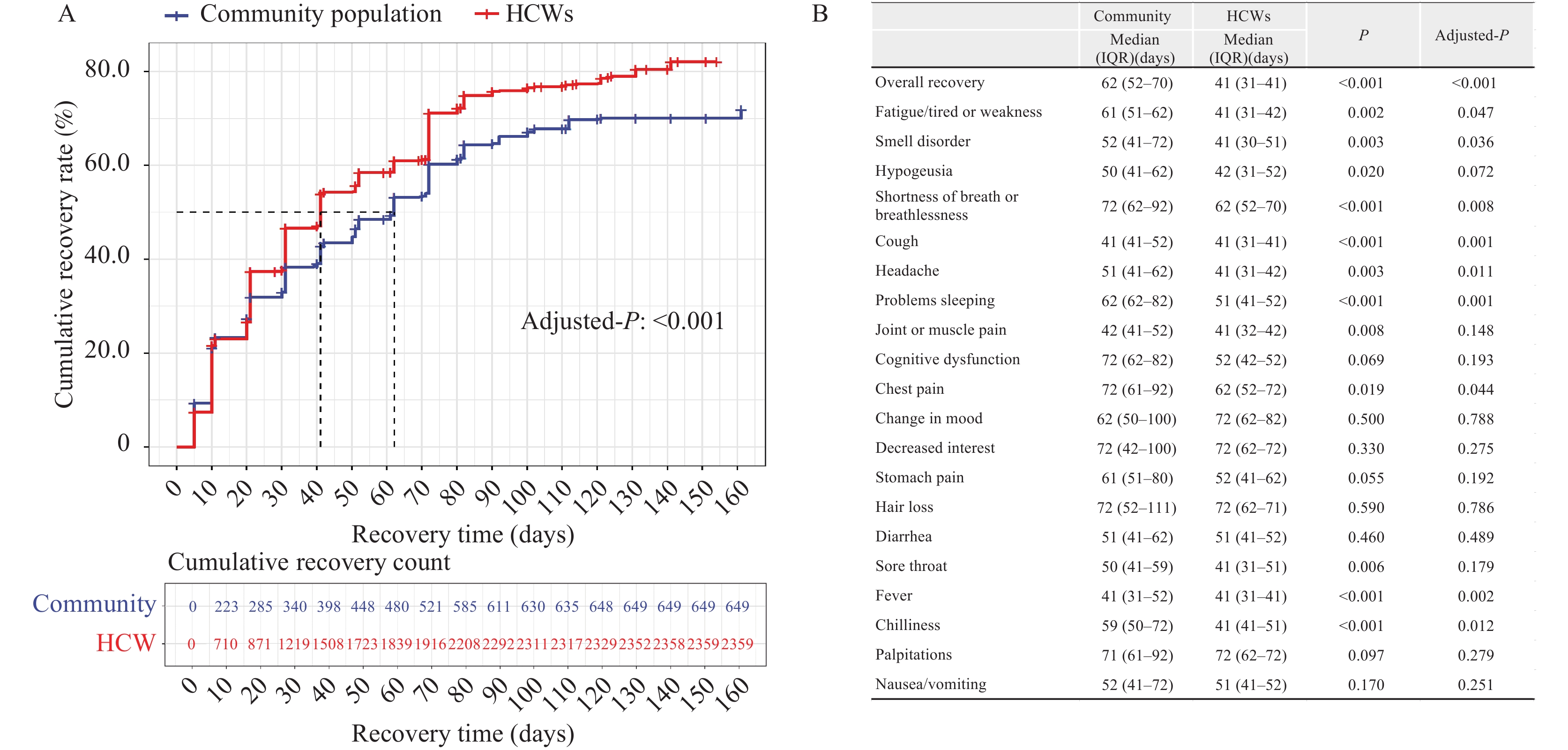2023 Vol. 5, No. 40
In recent years, there has been growing concern regarding the escalating rates of depression among adolescents. While certain individual behaviors have been suggested as potential protective factors for mental health, there is a scarcity of research examining the collective influence of 24-hour movement behaviors.
This research documented the prevalence of adolescent depression, along with the rates of adherence to 24-hour movement behavior guidelines encompassing moderate to vigorous physical activity, screen time, and sleep time, in the years 2019, 2020, and 2021. A significant correlation was observed between levels of depression and combined health behaviors. Of particular note was the finding that adherence to the “screen+sleep time” recommendation was linked with the lowest risk of depression.
A comprehensive intervention that targets three 24-hour movement behaviors should be accentuated, with the combination of “sleep and screen time” potentially offering the most effective approach to managing depression.
Reports detailing the clinical presentation of coronavirus disease 2019 (COVID-19) are extensive in China. However, data remains limited regarding the long-term effects of the 2022 outbreak on the community and healthcare workers (HCWs).
In the follow-up study conducted with 1,069 community members and 3,309 HCWs infected with COVID-19, we observed that five months post-outbreak, 39.2% of community members and 28.7% of HCWs reported experiencing at least one symptom. The symptoms most frequently reported included fatigue or muscle weakness, insomnia, cognitive dysfunction, hair loss, joint or muscle pain, and persistent cough. HCWs tended to experience fewer long-term physical consequences and their symptoms had an expedited recovery time compared to the community members. Nevertheless, HCWs displayed a higher prevalence of moderate to severe depression and anxiety.
The establishment of a public healthcare system dedicated to continual monitoring, prevention, and clinical treatment of persistent COVID-19 symptoms is imperative.



 Subscribe for E-mail Alerts
Subscribe for E-mail Alerts CCDC Weekly RSS Feed
CCDC Weekly RSS Feed
